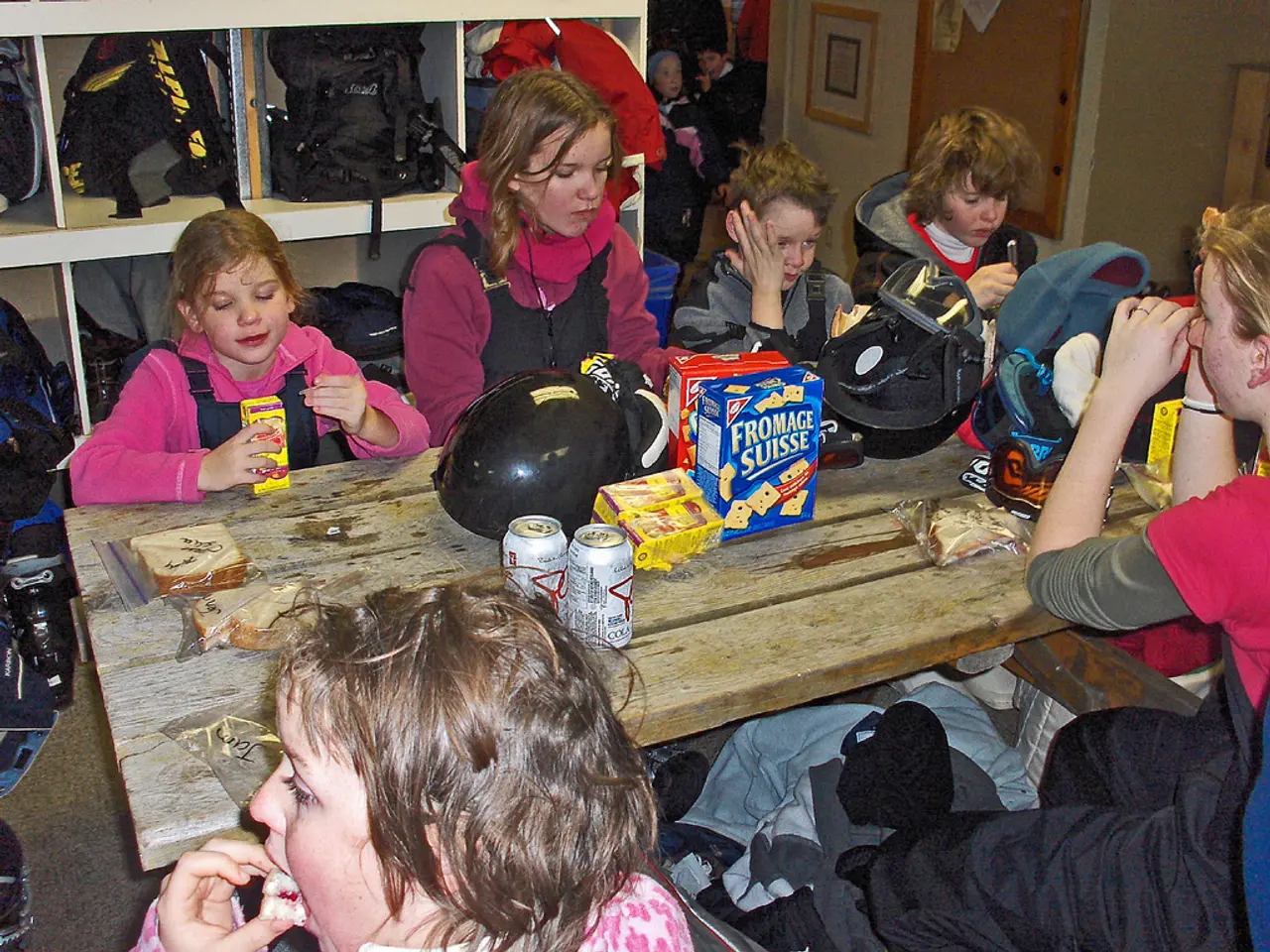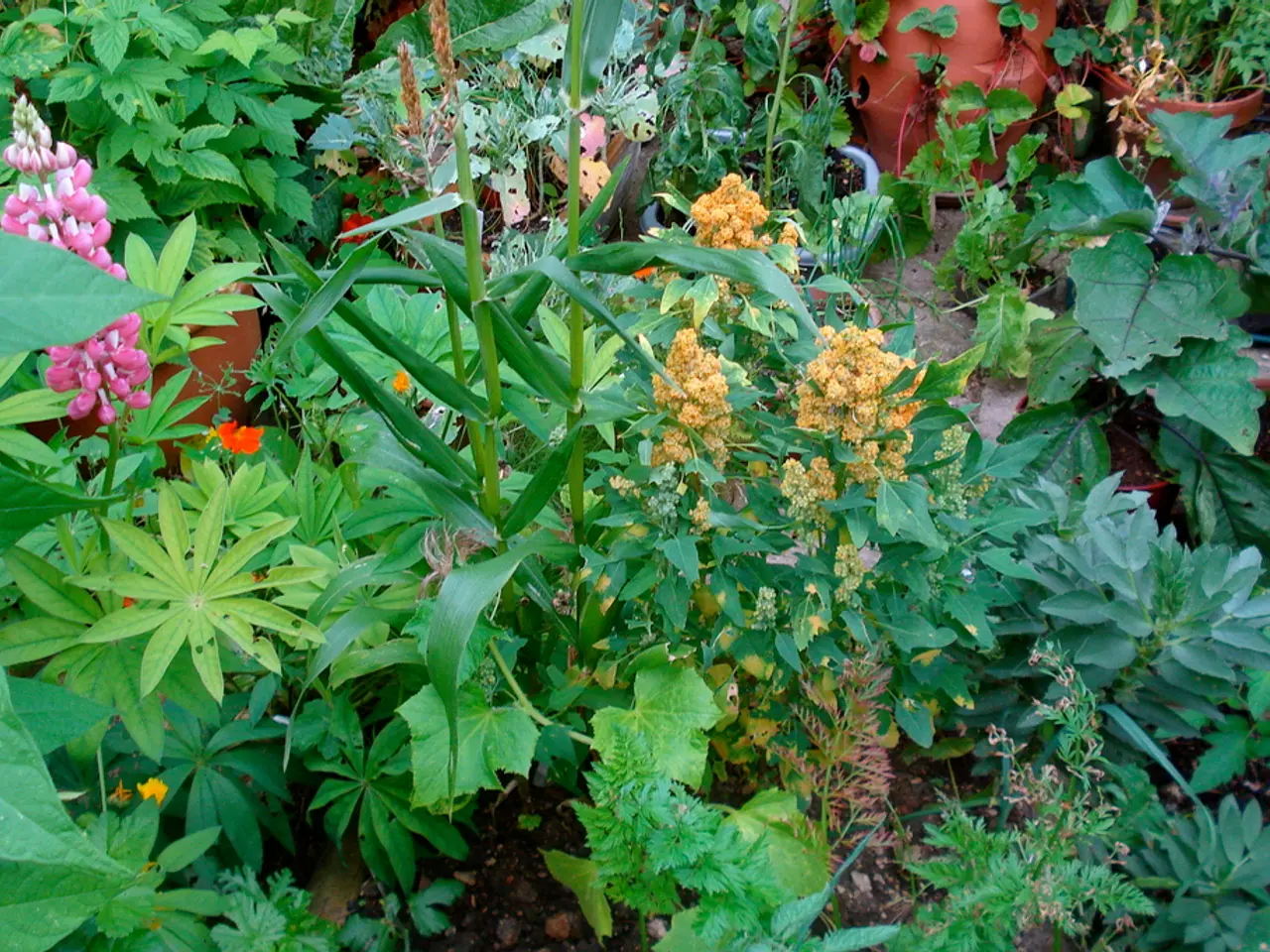Transforming Domestic Spaces for Child Wellness, Covering All Essentials from Air Quality to Nutrition
Creating a Healthier Home Environment for Children
Improving indoor air quality and promoting healthy food choices are essential steps in creating a healthier home environment for your children. Here's how you can implement these strategies to benefit your family.
Improving Indoor Air Quality
- Increase Ventilation: Open windows, use exhaust fans, and ensure your home's ventilation system is functioning well to bring in fresh outdoor air and reduce indoor pollutants.
- Control Pollution at the Source: Maintain appliances like gas stoves properly to reduce harmful gas emissions and avoid smoking indoors to prevent indoor pollution from secondhand smoke.
- Use Air Purifiers: Employ air purifiers with HEPA filters to remove dust, pollen, and pet dander. Regularly clean or replace filters for effectiveness.
- Manage Humidity: Keep indoor humidity between 30-50% to prevent mold growth and reduce dust mites, using dehumidifiers or air conditioners as needed.
- Regular Cleaning: Vacuum with HEPA-filter vacuums and dust surfaces with damp cloths. Opt for hard flooring rather than carpeting to minimize dust buildup.
- Replace Air Filters: Change furnace or HVAC air filters monthly with high MERV rating filters to enhance air cleanliness.
- Test for Radon and Install Safety Devices: Check for radon and have carbon monoxide detectors installed to protect your family from invisible hazards.
Promoting Healthy Food Choices
- Buy Local and Seasonal Produce: Choose locally grown fruits and vegetables that travel less distance, are fresher, and retain more nutrients, supporting both nutrition and sustainability.
- Plan and Prepare in Advance: Dedicate time weekly to washing, chopping, and cooking in bulk, storing ingredients in reusable containers to encourage healthy meal prep and reduce waste.
- Use Bulk Purchasing Wisely: Buy grains, legumes, and nuts in bulk to reduce packaging waste but share with family or friends to avoid spoilage and food waste.
- Choose Non-Toxic Kitchen Materials: Where possible, use non-toxic materials for kitchen cabinetry, flooring, and surfaces to reduce chemical exposure from food prep areas.
By implementing these strategies, you can create a healthier indoor environment for your family, reducing airborne contaminants and supporting nutritious, sustainable eating habits. For professional HVAC system installation and maintenance with HEPA filters, consider services like Carolina Comfort Air.
- To further promote family health, consider investing in a reliable HVAC system from Carolina Comfort Air that utilizes HEPA filters to ensure continuous clean air in your home.
- Encourage a health-and-wellness lifestyle for your family by incorporating science-backed fitness-and-exercise routines, such as family walks or outdoor games, into your daily schedule.
- As part of a comprehensive family-health strategy, prioritize nutrition by providing balanced meals rich in fruits, vegetables, lean proteins, and whole grains, and offering water as a primary beverage.
- When creating a lifestyle that supports home-and-garden activities, opt for eco-friendly and natural cleaning supplies, and eliminate toxic substances from your garden to ensure a safe environment for your children to learn and play.




